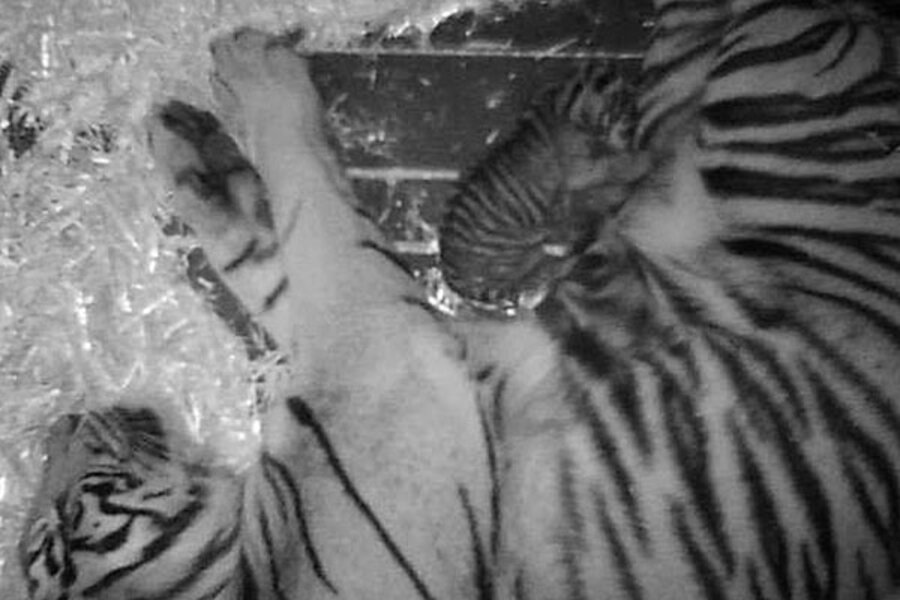Rare tiger born at San Francisco zoo
Loading...
| San Francisco
A Sumatran tiger gave birth to an apparently healthy cub at the San Francisco Zoo over the weekend in a rare boost to the critically endangered subspecies, zookeepers said on Thursday.
There are estimated to be as few as 400 Sumatran tigers in the wild, and zookeepers were monitoring the pair in the zoo's secluded Lion House via webcam to allow the 9-year-old mother, named Leanne, and baby to bond with little human interference.
"All signs seem to be positive so far," said Corinne MacDonald, San Francisco Zoo curator of carnivores and primates.
"Mom and cub are bonding," she said, adding the cub appeared to be healthy and was active and eating a lot.
The unnamed cub was the first tiger born at the San Francisco Zoo since 2008, when Leanne delivered a litter of three males. The cubs were transferred to zoos across the United States. Before 2008, the zoo had not had a tiger birth in 30 years.
Zoo staff will not know the gender of the newborn until its first examination at least two weeks from now.
"These births are definitely rare," said Dr. Tara Harris, a tiger specialist with the North American accrediting group Association of Zoos and Aquariums. About 75 Sumatran tigers are in captivity in North America and give birth to two to four litters a year, she added.
The cub, which will stay at the zoo for a year and a half before zookeepers decide whether to transfer it, was fathered by a 6-year-old tiger named Larry, who was temporarily transferred from the Audubon Zoo in New Orleans for breeding.
Leanne was one of a handful of tigers worldwide to receive prenatal sonograms and exams while awake. Captive tigers are generally put under during the pregnancy exams, which can be dangerous to the mammals.
"It's so much better for these animals not to have to be sedated. Many animals have adverse reactions to the anesthesia, which can be worse than the actual procedure," MacDonald said.
In the wild, Sumatran tigers - the smallest of six tiger subspecies - are found only on the Indonesian island of Sumatra in lowland and mountain forests. Habitat destruction and poaching are the main reasons for the tigers' endangerment. (Editing by Cynthia Johnston and Peter Cooney)







